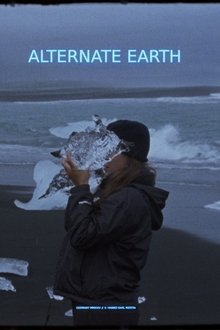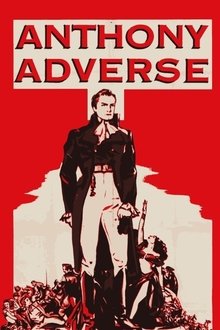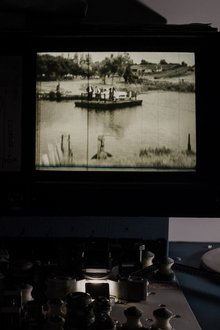"Everything You Ever Wanted in a 16mm Projector" is an RCA promotional film made for the RCA 1600, probably in the mid-1960s. Yes, everything . . . brilliant pictures, superb sound, simple operation, smooth, safe film handling, instant performance, good looks, light weight, ruggedness — even an automatic threader that never touches the film !
Related Movies
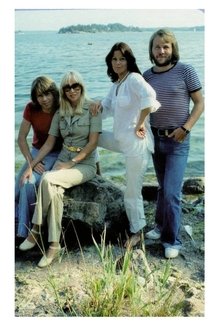
ABBA-dabba-doo (1976)
This first documentary about the pop group ABBA was made around the time of the release of their fourth album 'Arrival'. It contains unique archive footage filmed at the secret location where they made the record, concert footage, specially made promotional videos, photos from the group members' private collection and interviews in Swedish with each of them: Agnetha Fältskog, Björn Ulvaeus, Benny Andersson and Anni-Frid Lyngstad. Stig was also interviewed briefly and was shown playing and singing part of Tivedshambo on acoustic guitar.
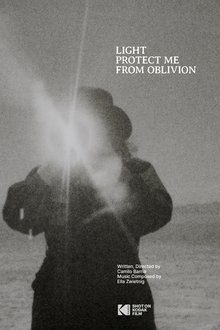
Light Protect Me From Oblivion (2024)
A portal, a sorceress, a fictional device to portray existence as a moment encapsulated inside an instantaneous photograph to present fragmented biographical elements —family disintegration, rootlessness, scars, two loyal companions, the promises of a new land—subverting the notion of a home-movie and transform it into a pilgrimage tool of self-discovery, mirroring the fragile nature of memories.
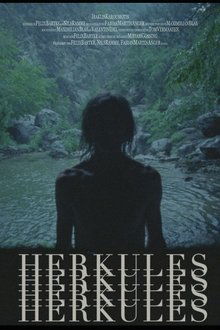
Herkules (2023)
Hercules travels by bicycle from Krefeld on the Lower Rhine to Olympus, the throne of ancient deities. The Hercules myth, as a primal myth of male power, is questioned through biographical reflections and the staging of mythological echoes. The dramaturgical structure of the hero's journey disintegrates in a multi-material perspective into questions about male identity, ideals and remorse.
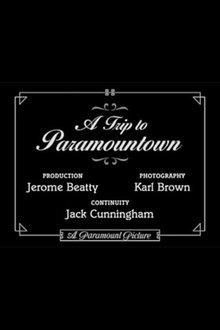
A Trip to Paramountown (1922)
Documentary short film depicting the filmmaking activity at the Paramount Studios in Hollywood, featuring dozens of stars captured candidly and at work.

if you seek amy (2025)
Images from 2000s music videos are transferred onto the film strip, torn and abstracted until the visuals convulse and shift—a tactile, poetic exploration of materiality, memory, and medium.
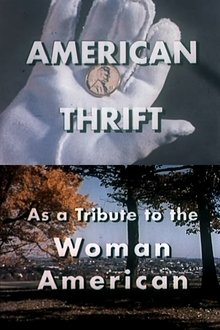
American Thrift: An Expansive Tribute to the "Woman American" (1962)
Chevrolet presents this tribute to the American woman and her thrifty ways with money. The film also salutes the individuality of the Amerian citizen and the variety of choices we have in the marketplace.

Tree (2010)
Structural study of a tree. Light, water and air coax it out of the soil in a manner foregrounding time’s relativity to different forms of life on Earth. Made the day my brother got his fork-lift license.

Heroes of Horror (2001)
A&E Comprehensive biographies of five of the greatest classic stars of the horror genre. Features lots or archive footage from some the greatest horror films committed to celluloid.

Personalities (1942)
In this "Romance of Celluloid", MGM showcases performers whose careers are just starting. Excerpts from their recently released films are included. The narrator says that moviegoers will have to decide whether these fledgling actors and actresses have that certain quality that made superstars out of MGM players Clark Gable, Spencer Tracy, and Lana Turner.

Grand Prix: Challenge of the Champions (1966)
A short making of feature about the 1966 John Frankenheimer movie Grande Prix
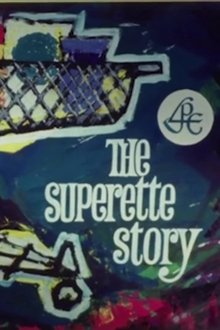
Superette Story (1962)
A look at the sales practices employed at the LPE Superette run by John Beasley on Berwick Street market.

R.F.D. Greenwich Village (1969)
A look at Greenwich Village, produced by the Cotton Producers Institute.

The Hollywood You Never See (1934)
The making of Cleopatra (1934), showing pre-production, DeMille directing a scene, and the addition of music to the soundtrack.

Chris and Bernie (1975)
The story of two young single mothers who join forces to make a new kind of family unit for themselves and their children.
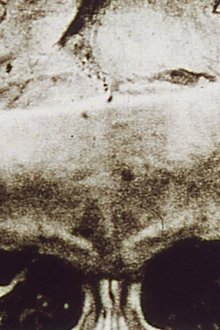
The Red Gate: Magellan at the Gates of Death, Part I (1976)
"In the final format for MAGELLAN, Frampton had planned to disassemble these two films into twenty-four 'encounters with death' that were to be shown in five-minute segments twice a month. In their present state, seen together and roughly the length of an average feature film, the two parts of MAGELLAN: AT THE GATES OF DEATH constitute perhaps the most gripping, monumental, and wrenching work ever executed on film...Frampton in 1971 began his filming of cedavers at the Gross Anatomy Lab at the University of Pittsburgh. He returned to the lab four times over the course of the next two years and then spent nine months assembling his 'forbidden imagery' into an extraordinary meditation upon death."–Bruce Jenkins

